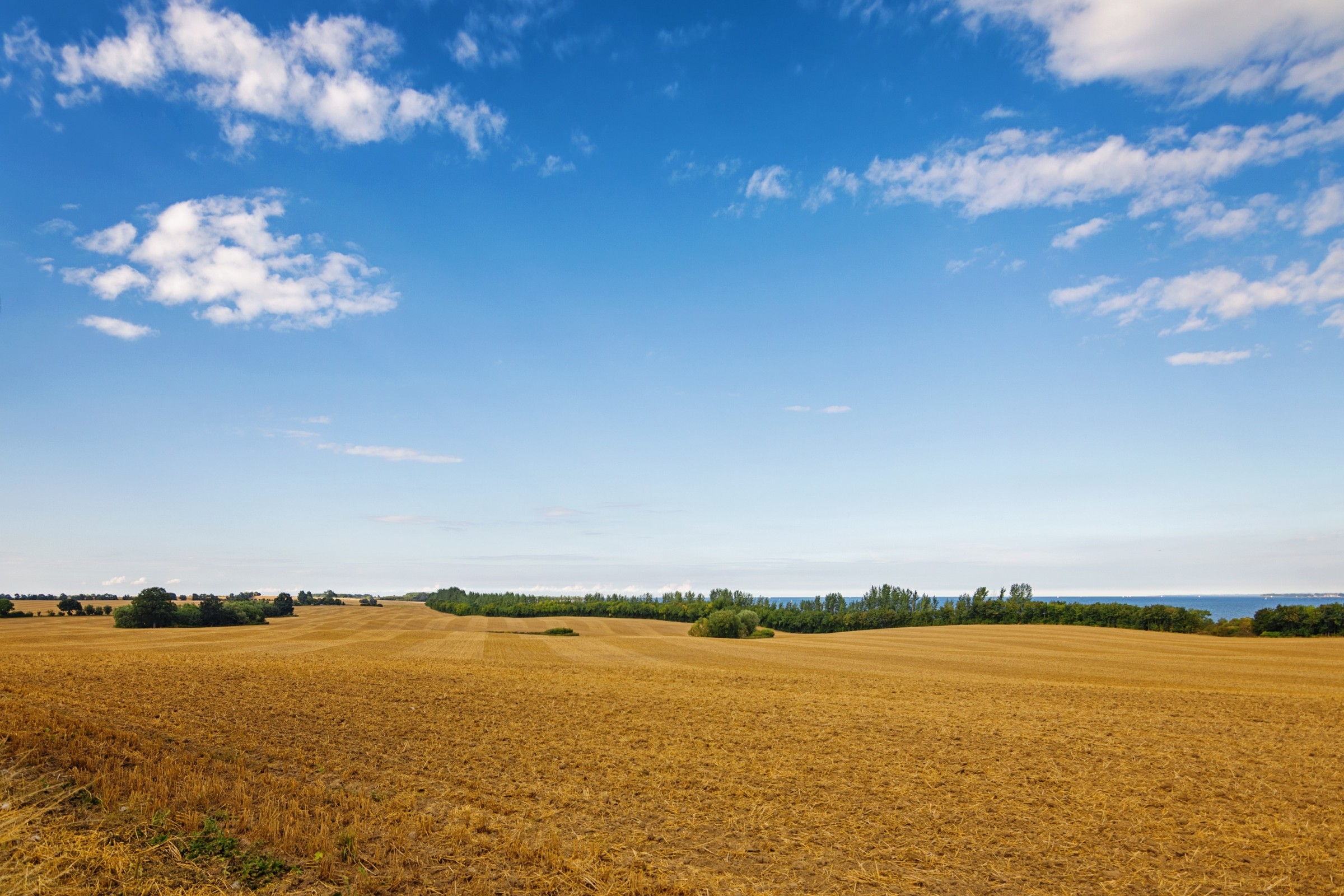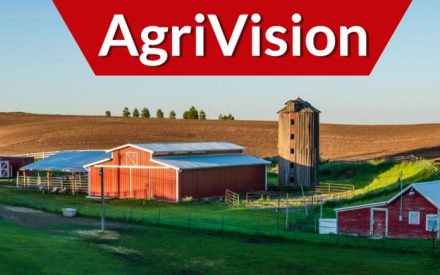Host Katie Wantoch and Lyssa Seefeldt, Dairy and Livestock Agent in Eau Claire County, discuss a farmer and his son who are breeding the bottom half of their dairy herd to AI beef bulls and things to consider on this new enterprise.
View Transcript
This is UW Extension’s Farm Management AgriVision Podcast. I am Katie Wantoch, Agriculture Agent with UW-Madison Division of Extension. I will be chatting with fellow Extension Educators as we answer questions from farmers and share our knowledge and expertise on how you can improve your farm management skills. Today I am joined by Lyssa Seefeldt dairy and livestock agent in Eau Claire County. Welcome Lyssa to the podcast.
Lyssa Seefeldt
Thanks for having me, Katie.
Katie Wantoch
Lyssa, today’s question is from a farmer who milks 125 cows and farms 300 acres in Central Wisconsin with his son. They were looking forward to a better year but mentions this seems a lot like the past five years. Fortunately, two years ago, their neighbors started breeding the bottom third of his dairy herd to AI beef bulls that led this farmer to breed the bottom third of his herd to beef bulls. He mentioned that they’re actually doing fairly well raising beef. This year, they’re breeding the bottom half of their dairy herd to AI beef bulls. Lyssa, he’s wondering if you think this is a good plan. Are there any drawbacks? He still plans to keep milking cows but right now they are making more profit from raising beef. What do you think Lyssa?
Lyssa Seefeldt
Yeah, it’s great to hear that they’re thinking about what they’re doing when they’re breeding that bottom portion of their herd to beef to really prevent any temptation of keeping replacements back from that section of the herd. That’s often a reason why we’re looking at breeding that bottom portion of the herd, whatever section you determine, is the right amount for your herd. And, and the reason is to remove the temptation to keep something that looks nice, but maybe doesn’t have the production behind it. To keep that genetic pool out of the herd. And so that’s, that can be a really great strategy for your milking herd.
But when we’re looking at the beef side of things, you know, ultimately those calves then that are bred to that beef bull are going to be going to market as beef. And so we really need to be thinking about market success for those dairy, beef crossbreds. The challenge with dairy, beef crossbreds is that they look very different from a beef animal. Oftentimes, if it’s not done well. Sometimes these animals look very much like a Holstein and in a black hide. And so one of the things that we have to be careful about is breeding, not just for our normal dairy interests, you know, things like cheap semen, getting cows to settle and calving ease. But we also have to be thinking with that end market in mind. Those, those Holstein crosses really need to have a good strong beef bull, that’s going to be throwing some moderation to that frame size, trying to bulk up that muscling a little bit and really improve some overall feed efficiency. You know, and a Jersey cross is going to look a little bit different that we’re going to want maybe a little bit heavier carcass weight built in with that beef bull, and then again, increasing that muscling and feed efficiency.
One of the things that we have to consider in this process is that end market. Our feedlots and our packers are ultimately the ones that are going to be purchasing these animals and they’re looking for consistency. Those feedlots know how to grow out dairy steers. They know how to grow beef steers. But when it comes to these dairy, beef crosses, we get a lot of variability. And so when they’re looking to purchase, when the feedlots are looking to purchase, they’re, they’re looking for something that’s going to grow well for them. And if they have a bad experience, they’re going to follow that back to where that animal originally came from, you know, because they keep a paper trail. It’s very important to keep that in mind. They know what’s done well for them in the past. And when they have their buyers looking for them, they’re going to start figuring out which farm sold animals that grew really well for them, didn’t cause their feedlot issues, all that and they’re going to be you know, touching base with those sale barns to find out when that farmer is bringing in animals again.
Likewise, if they’ve had issues with animals from a certain farm, they’re going to get a hold of that sale barn and find out whose animals those were so that they don’t come back and bid on those again. So it doesn’t take too long for them to start figuring out whose animals are doing well for them and who’s aren’t and purchase accordingly. And that’s what we’ve you know, seen with some of the variability in prices over the last few years when it comes to those dairy beef crosses, because having a dairy steer in black hided clothing is something that is not really desired. And we want to know how to feed those animals out. So having that consistent growth is really important. And having those carcass traits is important. So we can’t just use any bull willy nilly, we really need to be thinking through some of those things.
Once we get that reputation established, you know, trying to maintain that is key too. We have to always be constantly evolving. You know, when we’re looking at the dairy side of things, breeding that certain percentage of your herd to those beef sires is going to be largely situational to your farm and what your needs are. And you know, you want to make sure that you are retaining the capacity for enough replacement females. So you don’t want to overdo that.
And there’s some tools out there that you can use, you know, as we’ve gotten, really gotten a lot better the last few years about getting cows settled. And there’s definitely opportunities to breed a good chunk of your lower performing animals. If you’re managing it correctly. There’s an online tool that Dr. Victor Cabrera has, that’s called ‘Premium Beef on Dairy’ that may be helpful for you in determining what part of the bottom of your herd is the right number for you to breed to beef. And that tool is available at dairymgt.info/tools/acc_gen/index.php. I know that’s a long link. And I think we can probably link to that in the description. But that may be a useful tool as you’re going through this decision making process.
Katie Wantoch
Yeah, and we’ll definitely link to that here within our transcript that you can find on our farm management website for UW Extension. So a lot of great resources, you have Lyssa there. Are you seeing more people transition to using beef bulls within their dairy herd?
Lyssa Seefeldt
Yeah, I think we’ve seen that that shift, especially the last probably five years, we’ve seen some of that shift happening for some of the reasons that we already mentioned that we’re trying to keep those genetics superior in our dairy herd, and then meanwhile, trying to capture some of that extra potential with those beef animals that are produced out of that dairy, beef cross. And if we can do that consistently, and we can do that well so that we can establish that reputation with our buyers, we can do really well with that. But if it’s not done well, if it’s not managed correctly, that price for those dairy beef crosses will bottom out. And I think we’ve seen a little bit of that happening the last year or two.
Katie Wantoch
Yeah, definitely impacts the farmers bottom line if they’re not really paying close attention with the various things you mentioned, getting that high quality animal to those buyers. All right. Well, thank you very much Lyssa for sharing that information, and your expertise with our podcast listeners today. For more Extension Agrivision, podcasts or resources to improve your farm management skills, check out farms.extension.wisc.edu Thanks for listening.
Related Resources
Information in this article was originally published as part of the Agrivision column in Wisconsin Agriculturist .
UW-Madison Extension resources


 AgriVision Podcast Episode 9 - It's time to talk to your ag lender
AgriVision Podcast Episode 9 - It's time to talk to your ag lender


